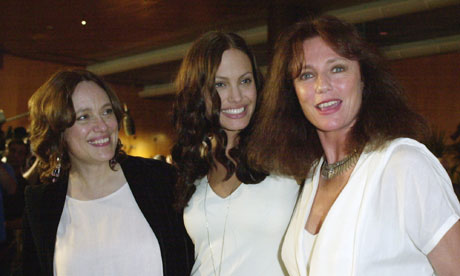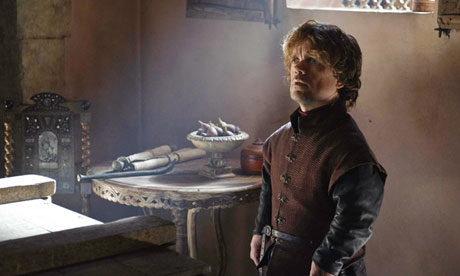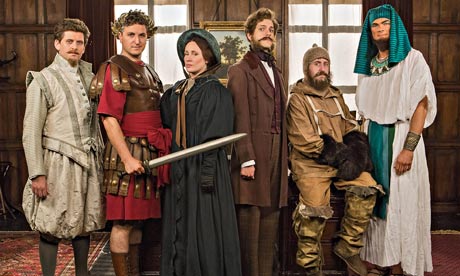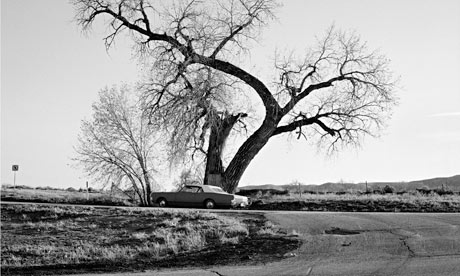Martin Eden
Summary 6.
As a result he roused himself and began glancing through his mail. There were a dozen requests for autographs — he knew them at sight; there were professional begging letters; and there were letters from cranks, ranging from the man with a working model of perpetual motion, and the man who demonstrated that the surface of the earth was the inside of a hollow sphere, to the man seeking financial aid to purchase the Peninsula of Lower California for the purpose of communist colonization. There were letters from women seeking to know him, and over one such he smiled, for enclosed was her receipt for pew-rent, sent as evidence of her good faith and as proof of her respectability. Editors and publishers contributed to the daily heap of letters, the former on their knees for his manuscripts, the latter on their knees for his books — his poor disdained manuscripts that had kept all he possessed
Summary 6.
As a result he roused himself and began glancing through his mail. There were a dozen requests for autographs — he knew them at sight; there were professional begging letters; and there were letters from cranks, ranging from the man with a working model of perpetual motion, and the man who demonstrated that the surface of the earth was the inside of a hollow sphere, to the man seeking financial aid to purchase the Peninsula of Lower California for the purpose of communist colonization. There were letters from women seeking to know him, and over one such he smiled, for enclosed was her receipt for pew-rent, sent as evidence of her good faith and as proof of her respectability. Editors and publishers contributed to the daily heap of letters, the former on their knees for his manuscripts, the latter on their knees for his books — his poor disdained manuscripts that had kept all he possessed








